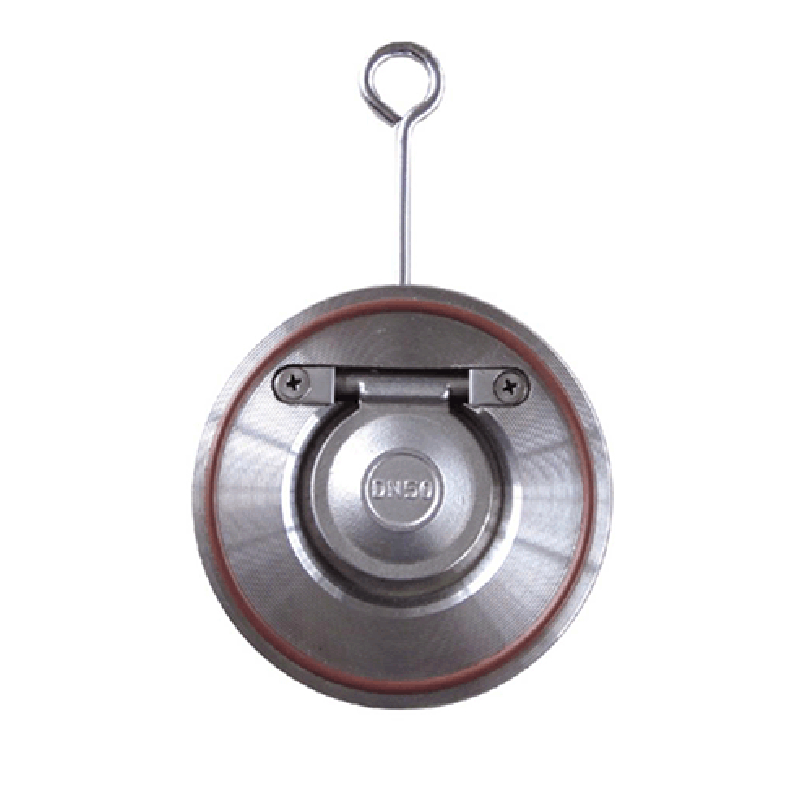Nov . 25, 2024 04:24 Back to list
Innovative Double Eccentric Butterfly Valve Design for Enhanced Performance and Efficiency
Double Eccentric Butterfly Valve An Overview
The double eccentric butterfly valve, also known as the double offset butterfly valve, is widely recognized for its innovative design and highly efficient performance in fluid control applications. This type of valve is an essential component in various industries such as oil and gas, water treatment, HVAC, and chemical processing, where the precise regulation of flow is critical.
The fundamental characteristic that distinguishes the double eccentric butterfly valve from other types is its unique disk design and the placement of the shaft. Unlike the traditional butterfly valve, where the shaft is aligned at the center of the disk, the double eccentric design positions the shaft further back. This offset positioning not only reduces friction between the disk and the seat but also allows for a more streamlined flow of fluids. Consequently, this enhances the valve's ability to manage high differential pressures and minimizes wear over time.
One of the significant advantages of the double eccentric butterfly valve is its ability to provide tight sealing capabilities
. The design ensures that when the valve is closed, there is minimal leakage, which is particularly vital in processes where maintaining pressure and preventing contamination is essential. The materials used for the sealing elements, often elastomers or PTFE, further enhance this capability, ensuring compatibility with various media.double eccentric butterfly valve

Another notable feature of the double eccentric butterfly valve is its lightweight structure, making it easier to install and maintain. This is particularly beneficial in large-scale operations where weight savings can lead to reduced installation costs and enhanced portability. Additionally, the valve is designed to operate efficiently across a wide range of temperatures and pressures, increasing its versatility in various applications.
Maintenance is further simplified with the double eccentric butterfly valve. The design allows for easy access to internal components, enabling operators to perform inspections and necessary repairs without the need for extensive disassembly. This not only saves time but also reduces downtime in industrial processes, translating to more significant cost savings.
In comparison to other valve types, the double eccentric butterfly valve also offers a more economical solution. With fewer components, it is less expensive to manufacture, and its energy efficiency contributes to overall cost savings in operations. Furthermore, the ease of operation and low torque requirements facilitate quicker response times for opening and closing, making it ideal for applications requiring rapid flow adjustments.
In conclusion, the double eccentric butterfly valve stands out as a reliable and efficient solution for fluid control in various industrial applications. Its innovative design, coupled with its advantages in sealing, maintenance, and cost-effectiveness, positions it as a preferred choice for engineers and operators alike. As industries continue to evolve, the significance of such valves in enhancing operational efficiency cannot be overstated.
Share
-
Reliable Wafer Type Butterfly Valves for Every IndustryNewsJul.25,2025
-
Reliable Flow Control Begins with the Right Ball Check ValveNewsJul.25,2025
-
Precision Flow Control Starts with Quality ValvesNewsJul.25,2025
-
Industrial Flow Control ReliabilityNewsJul.25,2025
-
Engineered for Efficiency Gate Valves That Power Industrial PerformanceNewsJul.25,2025
-
Empowering Infrastructure Through Quality ManufacturingNewsJul.25,2025